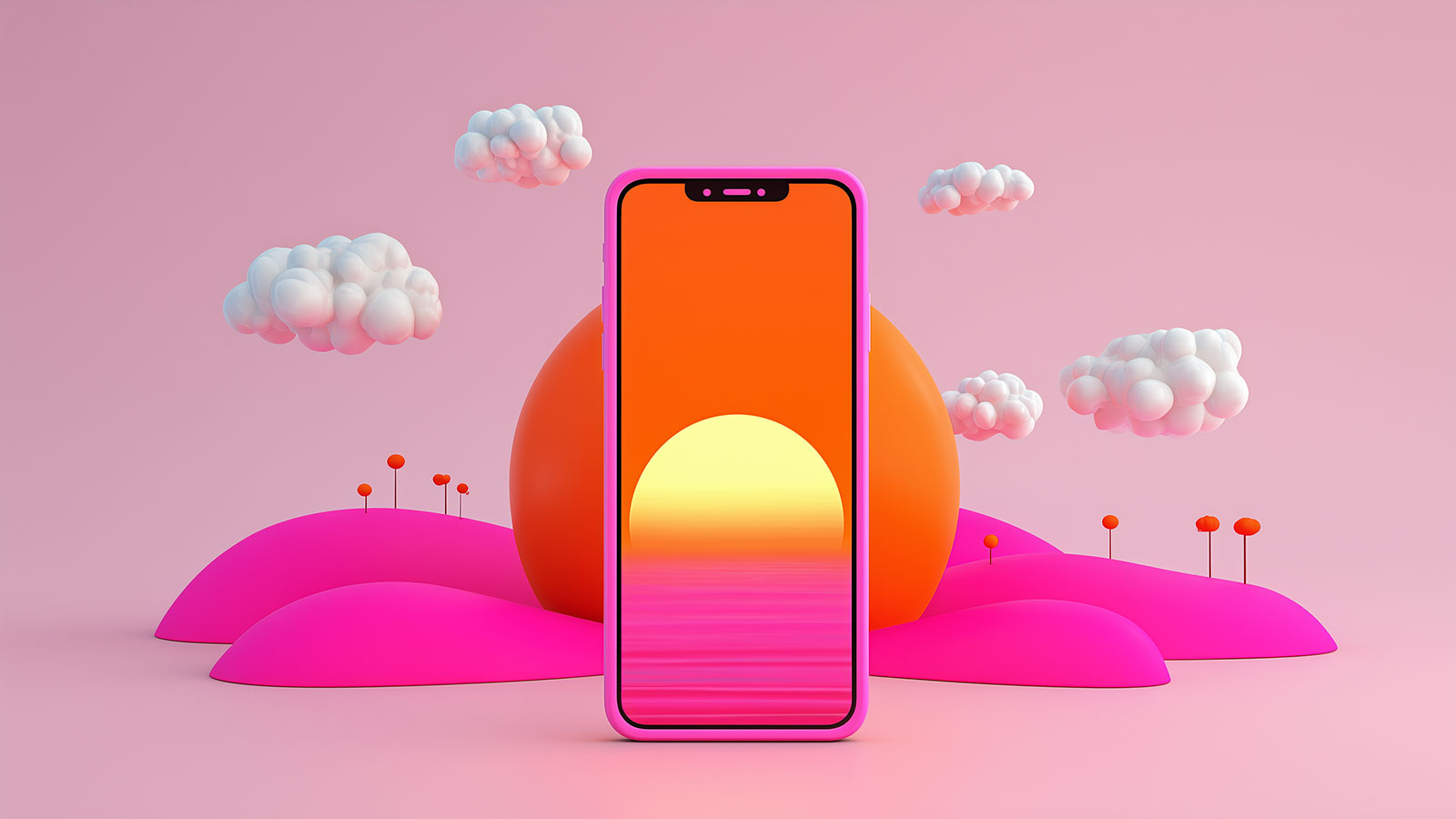How to lift App Engagement Without Tracking Everything

Introduction
User engagement is the lifeblood of app success. But these days, many marketers feel stuck between wanting personalization and avoiding invasive tracking. People want relevant experiences—but they don’t want to be surveilled. In fact, reports show that 86% of U.S. consumers say data privacy is a growing concern, and 40% don’t trust organizations to use their data ethically. So, how do you deliver targeted experiences without violating user trust—or legal boundaries?
This is where on-device AI comes in. By detecting user intent without sending personal data to the cloud, ContextSDK helps you meet users where they are—literally and moment-to-moment—so engagement feels smart, not stalky.
Why Intent Matters - and Why Tracking Isn’t a Solution
Personalization has long been chased through historical behavior—past session length, click patterns or demographics. But this method lacks two powerful signals:
- Real-world context: Are users walking, commuting, distracted? Or are they relaxed at home with time to engage?
- Privacy-first delivery: Are we crossing a line by syncing personal data to the server?
Apps that rely only on historical data often send the right content at the wrong time—like loading a full onboarding flow when users are mid-commute or pushing paywalls when attention is thin. That frustrates users and lowers conversions.
The Data Privacy Gap—and the Need for Contextual Engagement
The problem isn’t data scarcity—it’s how we use it. Consider that 74% of consumers say they’d share data if they trusted the brand. But trust hinges on how data is collected and used. Sending targeted content without understanding if the user is ready turns autonomy into annoyance.
The solution: real-world, on-device context. This approach respects privacy (no GPS, no invasive tracking) while offering engagement when the user is most receptive.
Introducing the Context Platform
With ContextSDK, you get a privacy-respecting AI layer embedded in your app. It taps into device signals—like motion, charging state, screen interaction, and usage rhythm—to model user intent in the moment, without sharing personal data.
Timely nudges—delivered only when conditions are right.
- Avoid sending push notifications when users are walking or driving.
- Wait until they’re stationary and idle before prompting “Ready to finish setup?”
Dynamic logic for monetization, onboarding, and flows.
- Show an upsell when user attention is high.
- Delay a paywall if user seems distracted.
- Adapt onboarding length based on user context.
Example Scenarios
Fitness App:
User begins a session while working out. ContextPush recognizes motion and avoids sending distraction push messages. Later, they’re idle post-workout—the app sends a follow-up with a recovery workout prompt.
EdTech:
If context signals the user is relaxed at home in the evening, the app delivers a longer lesson. Otherwise, it surfaces quick micro-learning bursts suitable for short, on-the-go sessions.
Fintech:
Instead of pushing a “Renew now!” prompt arbitrarily, the app waits until charge and attention are optimal to present a full-screen subscription flow—so it doesn’t feel like racing for your attention.
Why It Works
- Trust: Respecting privacy builds long-term loyalty.
- Engagement: Users are more likely to act when the timing fits.
- Efficiency: You reach users when they’re most receptive—not chasing them randomly.
In short: You don’t need more data—you need better timing.
Conclusion
Smart, privacy-friendly engagement is achievable without piling up user data on your servers. With ContextSDK, you can:
- Detect user intent moment-per-moment
- Trigger the right message, flow or offer exactly when it matters
Preserve user trust and privacy from day one






